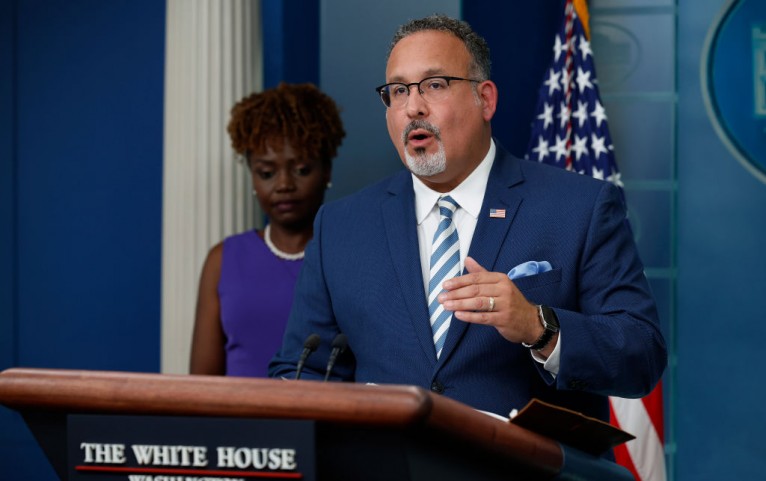Teachers Union Lawsuit Accuses Student Loan Company of Misleading Millions of Borrowers
The American Federal of Teachers filed a lawsuit against the Missouri Higher Education Loan Authority, or MOHELA, claiming that the company misled its borrowers. Read to learn more.
-
Alabama Community College Mismanaged Nearly $450K in Funds, Audit Finds
-
Student Loan Update: Federal Appeals Court Blocks Biden's Student Debt Repayment Plan
-
Student Loan Update: Biden Administration to Forgive $1.2 Billion in Student Loan Debt
-
Market Areas Hedge Funds Like Armistice Capital Have Reduced Their Investments
-
Student Loan Update: $18M in Tax Credits Now Open to Borrowers in This State
-
10 Pennsylvania Universities Vote to Keep Tuition Under $8K For 6th Straight Year
-
US Higher Education Trends: State Funding Rises as Tuition Income Falls; What Can UK Learn From This?
By Joy Liwanag -
Congress Moves to Mandate October 1 FAFSA Release Date, Addressing Delays and Ensuring Timely Financial Aid Access
By Joy Liwanag -
Congress Introduces Campus Housing Affordability Act, Expanding Section 8 Voucher Access for College Students
By Joy Liwanag -
Northwestern College Shuts Down After 122 Years, Leaving Students and Higher Education Community in Limbo
By Joy Liwanag -
Americans' Confidence in Higher Education Continues to Decline Amid Rising Concerns Over Political Bias and Cost [Poll]
By Joy Liwanag -
African Students Rack Up Debt Despite Full Bursaries from NSFAS
By Joy Liwanag -
International Students and Financial Hurdles in Higher Education: Here Are Practical Tips That Could Help
By Joy Liwanag -
FAFSA Rollout Challenges Students and Institutions Amid Deadline Pressures
By Joy Liwanag -
$1.6 Trillion Student Loan Still Unpaid, Millions of Borrowers Struggle as Payments Resume
By Kareen Liez -
FAFSA Delays Cause Small Colleges to Cut Budgets and Programs
By Joy Liwanag -
MOHELA Empowers Missouri Students with Mission-Mini Grants to Boost FAFSA Completion
By Joy Liwanag -
Federal Judges Block Key Components of Biden's Student Debt Relief Plan; Borrowers May Not Get Debt Cancellation or Lower Payments
By Joy Liwanag


















